Nurturing Transplanted Peonies: Strategies to Minimize Transplant Shock
Transplanting peonies can be a delicate process, potentially causing stress to the plants as they adjust to their new surroundings. To minimize transplant shock and ensure the successful establishment of your peonies in their new location, it’s essential to provide attentive care and create optimal growing conditions. Here are some strategies to nurture transplanted peonies and promote their health and vigor.


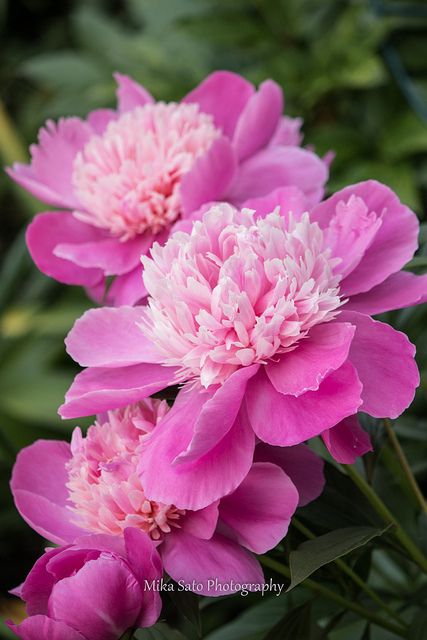


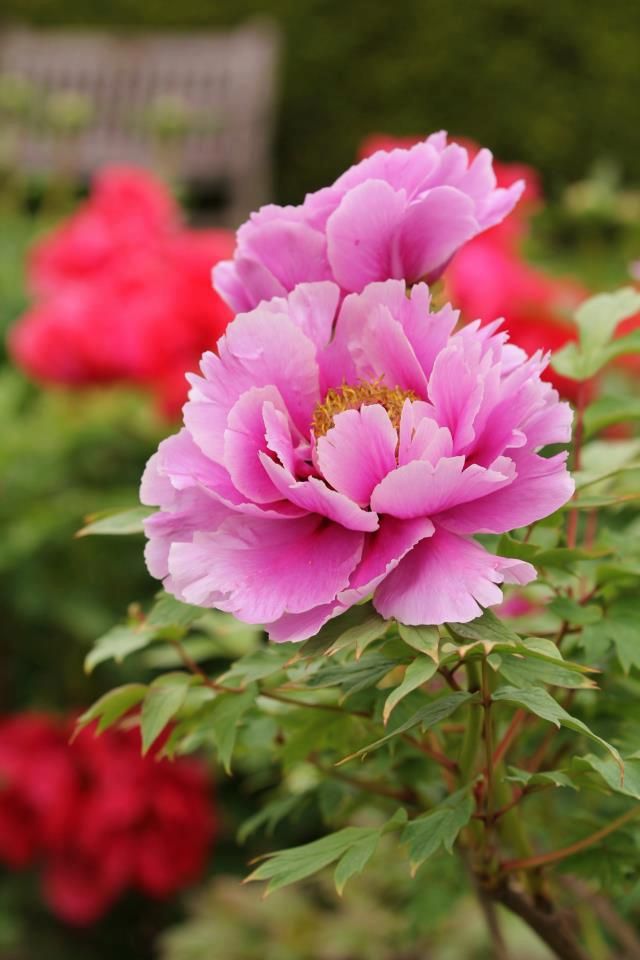
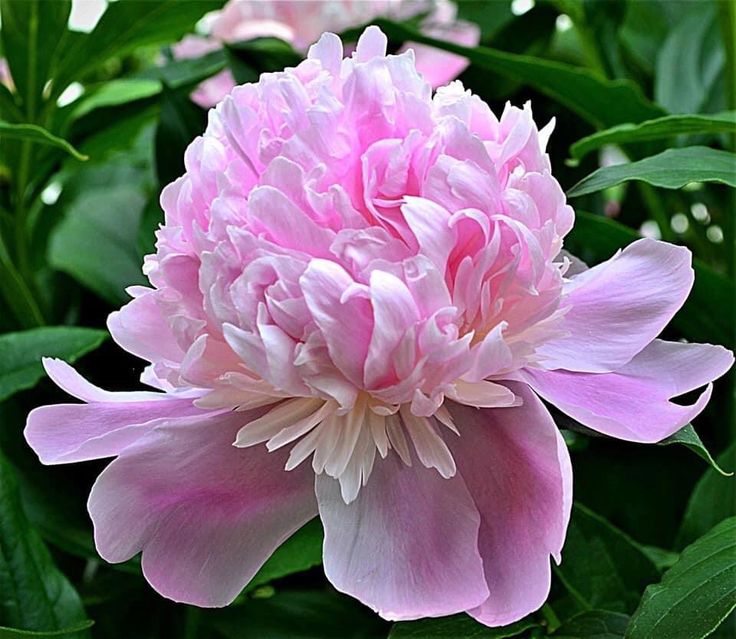
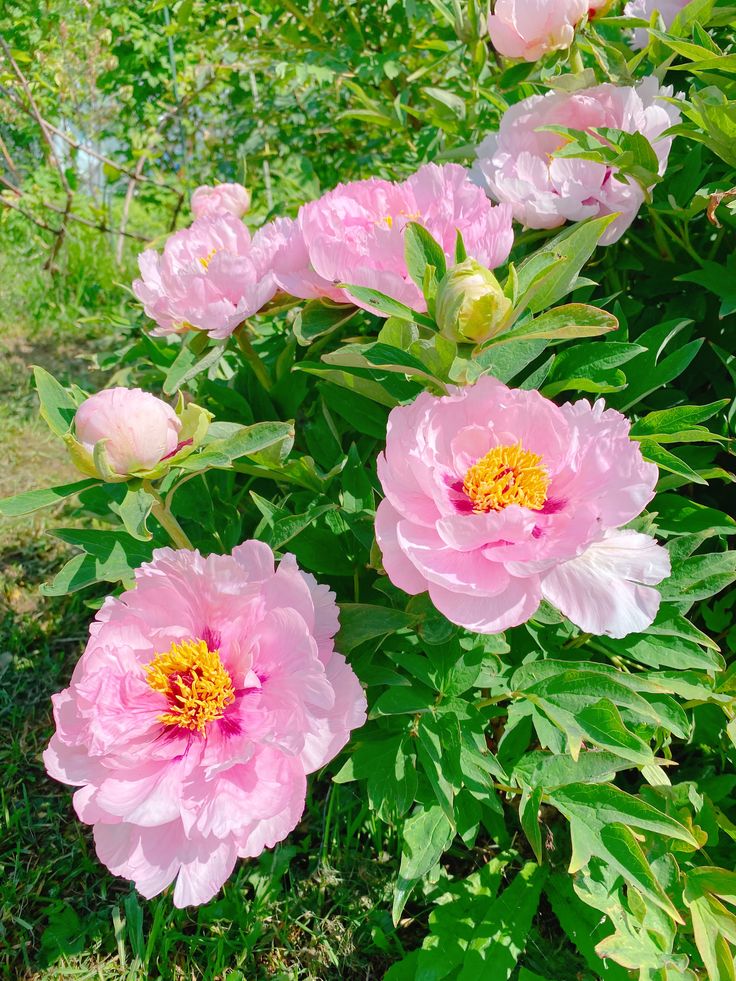



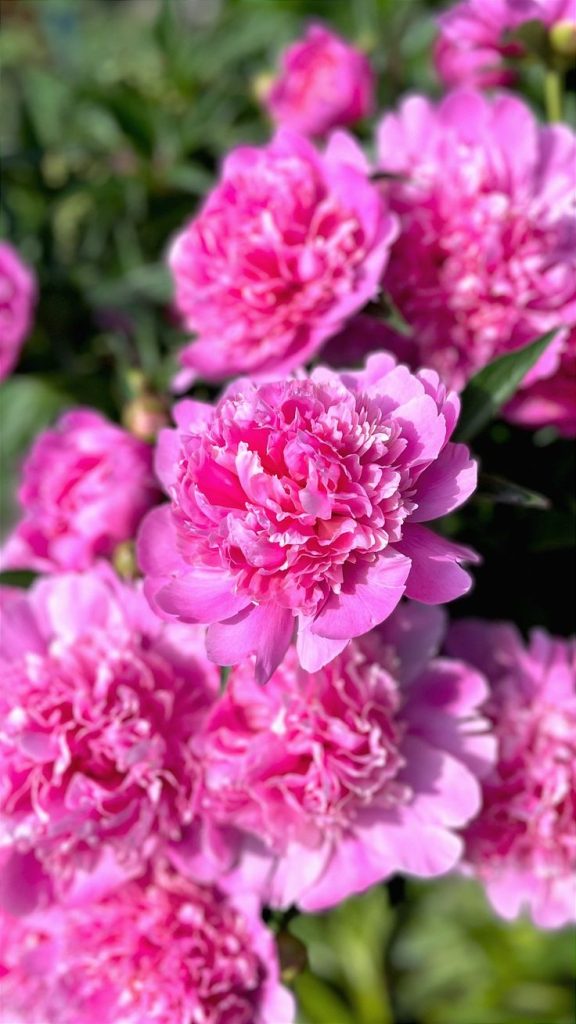
1. Timing and Preparation
- Choose the Right Time: Transplant peonies during their dormant season in late summer to early fall or early spring before new growth emerges. Avoid transplanting during hot summer months when plants are actively growing, as this can increase stress and reduce success rates.
- Prepare the New Site: Prepare the transplant site in advance, ensuring it receives adequate sunlight and has well-drained soil enriched with organic matter. Amend heavy or compacted soil with compost to improve drainage and soil structure.
2. Gentle Transplanting Technique
- Digging Up Peonies: Carefully dig up peonies, taking care not to damage the roots or stems. Use a sharp spade to dig a wide, shallow trench around the plant, loosening the soil gradually to lift the entire root ball intact.
- Minimal Root Disturbance: Minimize root disturbance during transplanting by handling peonies gently and avoiding excessive shaking or pulling. Preserve as much of the root system as possible to support healthy growth and reduce transplant shock.
3. Proper Planting Depth
- Correct Planting Depth: Plant peonies at the same depth they were previously growing, with the eyes (buds) of the plant positioned no more than 1-2 inches below the soil surface. Planting too deeply can inhibit flowering and increase the risk of rotting.
- Mulch Application: Apply a layer of organic mulch around transplanted peonies to conserve soil moisture, suppress weeds, and protect roots from temperature fluctuations. Leave a gap around the stems to prevent moisture-related diseases.
4. Optimal Watering Practices
- Initial Watering: Water transplanted peonies thoroughly immediately after planting to settle the soil around the roots and eliminate air pockets. Provide enough water to moisten the entire root ball and surrounding soil.
- Subsequent Watering: Keep the soil consistently moist but not waterlogged during the establishment period. Water peonies deeply and infrequently, allowing the soil to dry out slightly between waterings to encourage root growth.
5. Post-Transplant Care and Maintenance
- Support Structures: Provide support for transplanted peonies if necessary, using discreet stakes or peony rings to prevent stems from bending or breaking under the weight of flower heads.
- Monitor Plant Health: Monitor transplanted peonies regularly for signs of stress, such as wilting, yellowing leaves, or stunted growth. Address issues promptly to prevent further damage and promote recovery.
Conclusion
By following these care tips and strategies, you can minimize transplant shock and help transplanted peonies thrive in their new environment. By choosing the right timing, handling plants with care, ensuring proper planting depth, providing adequate water and mulch, and monitoring plant health closely, you can support the successful establishment of your peonies and enjoy their beauty for years to come.
FAQs (Frequently Asked Questions)
- How long does it take for transplanted peonies to establish?
- Transplanted peonies typically take several weeks to several months to establish and resume normal growth after transplanting. During this period, provide attentive care, including adequate water, mulch, and monitoring for signs of stress or nutrient deficiencies.
- Can I divide and transplant peonies in the spring?
- While it’s possible to divide and transplant peonies in early spring before new growth emerges, it’s generally recommended to transplant peonies in late summer to early fall or early spring before growth begins. Spring transplants may experience increased stress due to active growth and warmer temperatures.
- Should I fertilize transplanted peonies immediately after planting?
- It’s best to wait until transplanted peonies have established new roots before applying fertilizer. Wait until the following spring after transplanting to fertilize peonies with a balanced fertilizer formulated for flowering plants, following package instructions for application rates.